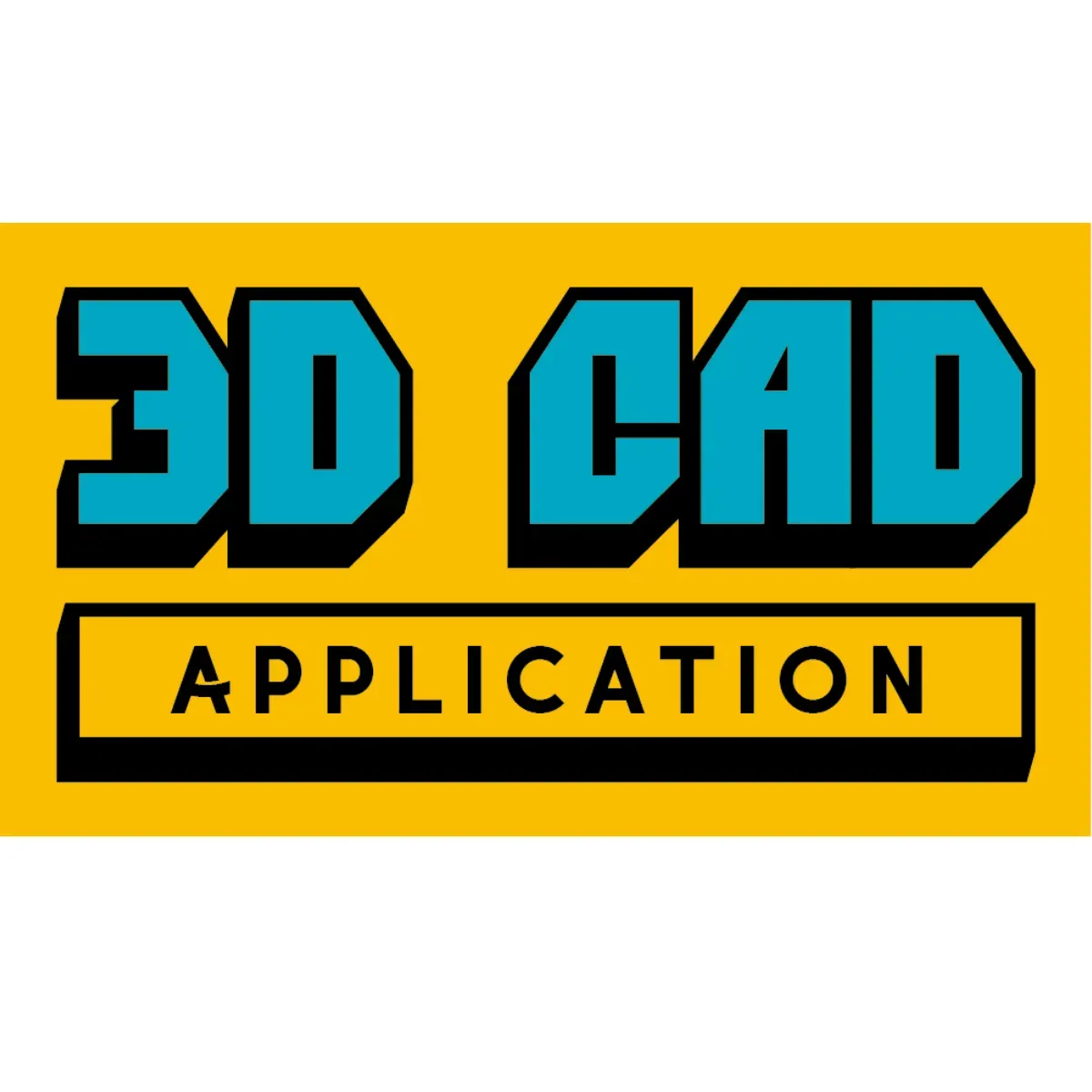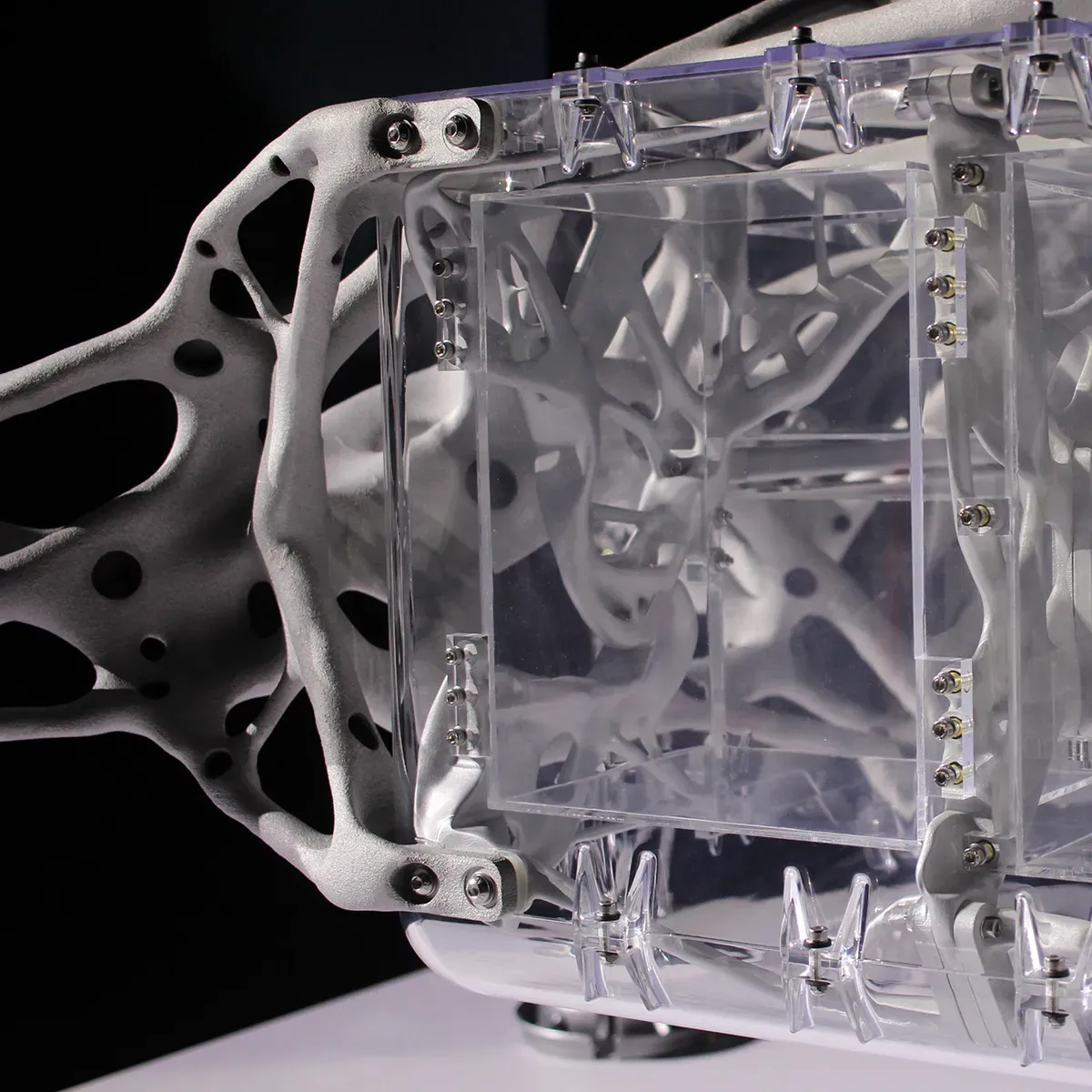
Siemens Solid Edge Training & Certification - Part 1 - 2022

This beginner-level training course from Siemens Solid Edge provides the necessary skills to become a certified associate in mechanical 3D design. In just a few days, participants can validate their skills and gain certification.▼
Course Feature
![]() Cost:
Cost:
Free
![]() Provider:
Provider:
Udemy
![]() Certificate:
Certificate:
No Information
![]() Language:
Language:
English
![]() Start Date:
Start Date:
Course Overview
❗The content presented here is sourced directly from Udemy platform. For comprehensive course details, including enrollment information, simply click on the 'Go to class' link on our website.
Updated in [March 06th, 2023]
This Siemens Solid Edge Training & Certification - Part 1 course provides students with the skills and knowledge to confidently use Solid Edge for 3D modelling. Students will learn how to create 3D designs, use the Solid Edge tools, and pass the Solid Edge Level 1 Certification Exam. Upon successful completion of the course, students will receive a certificate of achievement signed by SIEMENS PLM Solutions and the right to use the Solid Edge Certified Professional logo. This course is updated for 2021 and is a great way to add Solid Edge 3D modelling to your resume as a skill set.
[Applications]
After completing this course, users will be able to confidently use Solid Edge to create 3D designs. They will also be able to demonstrate their CAD skills by passing the Solid Edge Level 1 Certification Exam. Upon passing the exam, users will be awarded a certificate of achievement signed by SIEMENS PLM Solutions and the right to use the Solid Edge Certified Professional logo. This certification can be added to a user's resume as a skill set, providing proof of their proficiency in Solid Edge.
[Career Paths]
1. Mechanical Design Engineer: Mechanical design engineers use Solid Edge to create 3D models of mechanical components and assemblies. They use the software to design and analyze components, create drawings, and simulate the performance of the design. As the demand for more efficient and complex designs increases, mechanical design engineers must stay up to date with the latest Solid Edge features and trends.
2. Manufacturing Engineer: Manufacturing engineers use Solid Edge to design and analyze the manufacturing process of components and assemblies. They use the software to create 3D models of components, simulate the performance of the manufacturing process, and create drawings for the manufacturing process. As the demand for more efficient and complex manufacturing processes increases, manufacturing engineers must stay up to date with the latest Solid Edge features and trends.
3. Product Design Engineer: Product design engineers use Solid Edge to create 3D models of products and assemblies. They use the software to design and analyze components, create drawings, and simulate the performance of the design. As the demand for more efficient and complex products increases, product design engineers must stay up to date with the latest Solid Edge features and trends.
4. Automation Engineer: Automation engineers use Solid Edge to design and analyze automated systems. They use the software to create 3D models of components, simulate the performance of the automation system, and create drawings for the automation system. As the demand for more efficient and complex automation systems increases, automation engineers must stay up to date with the latest Solid Edge features and trends.
[Education Paths]
1. Bachelor's Degree in Mechanical Engineering: A Bachelor's Degree in Mechanical Engineering is a great way to gain the knowledge and skills needed to use Solid Edge. This degree program typically covers topics such as thermodynamics, fluid mechanics, materials science, and engineering design. With this degree, students will be able to use Solid Edge to create 3D models and simulations for a variety of engineering applications.
2. Master's Degree in Computer Aided Design: A Master's Degree in Computer Aided Design is a great way to gain the knowledge and skills needed to use Solid Edge. This degree program typically covers topics such as computer graphics, 3D modeling, and computer-aided design. With this degree, students will be able to use Solid Edge to create 3D models and simulations for a variety of engineering applications.
3. Certificate in Solid Edge: A Certificate in Solid Edge is a great way to gain the knowledge and skills needed to use Solid Edge. This certificate program typically covers topics such as 3D modeling, assembly design, and drawing creation. With this certificate, students will be able to use Solid Edge to create 3D models and simulations for a variety of engineering applications.
4. Associate's Degree in Computer Aided Design: An Associate's Degree in Computer Aided Design is a great way to gain the knowledge and skills needed to use Solid Edge. This degree program typically covers topics such as computer graphics, 3D modeling, and computer-aided design. With this degree, students will be able to use Solid Edge to create 3D models and simulations for a variety of engineering applications.
The demand for professionals with knowledge and experience in Solid Edge is growing rapidly. As the technology continues to evolve, the need for professionals with the skills to use Solid Edge will only increase. With the right degree or certificate, students can gain the knowledge and skills needed to use Solid Edge and become a valuable asset to any engineering team.
Pros & Cons
-

Clear instructions and easy to follow.
-

Short topics, easy to duplicate.
-

Excellent delivery and enunciation.
-

Not enough detail for experienced users.
-

Closed captions not available in all languages.
-

Mouse movements unnecessary.
Course Provider





